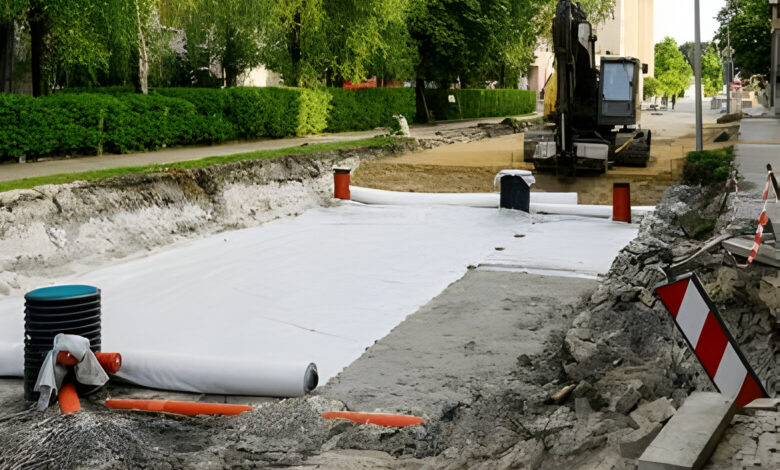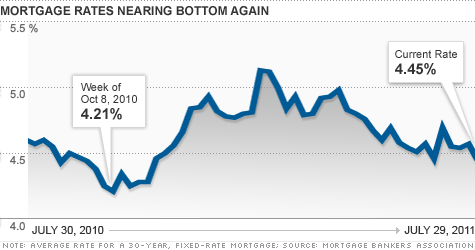Understanding Stabilization Fabric and Its Uses in Construction

The term “stabilization fabric” has become increasingly significant in construction and civil engineering. This specialized material is crucial in various infrastructure projects, ensuring durability, strength, and longevity. This comprehensive guide will delve into stabilization fabric, its applications, benefits, and how it integrates with geotextile fabric.
What is Stabilization Fabric?
Stabilization fabric, or geotextile fabric, is a porous textile material associated with soil to enhance its properties. It improves soil stability, prevents erosion, and facilitates drainage. Geotextile fabrics are typically made from synthetic fibers such as polypropylene or polyester, offering high strength and durability.
Types of Geotextile Fabrics
There are several types of geotextile fabrics, each serving specific purposes in construction and landscaping:
- Woven Geotextiles: These fabrics are manufactured by weaving synthetic fibers together, creating a sturdy and durable material. Woven geotextile fabrics are commonly used for soil reinforcement and stabilization, making them ideal for road construction and embankment reinforcement.
- Non-Woven Geotextiles: Made from bonding synthetic fibers through mechanical, chemical, or thermal processes, non-woven geotextiles are more permeable and flexible. They are widely used for filtration, drainage, and separation applications.
- Knitted Geotextiles: Although less common, knitted geotextiles are produced by interlocking loops of yarn. They offer a unique combination of strength and flexibility, suitable for specific applications where traditional or non-woven geotextiles may not be ideal.
Applications of Stabilization Fabric
The uses of stabilization fabric are diverse, spanning various industries and applications. Here are some of the most common geotextile fabric uses:
- Road Construction: One of the primary applications of stabilization fabric is road construction. When placed between the subgrade and the aggregate layer, it helps distribute loads, reduces rutting, and enhances the overall stability of the road. This leads to longer-lasting roads with reduced maintenance costs.
- Erosion Control: Stabilization fabric is extensively used in erosion control projects. It helps prevent soil erosion by stabilizing slopes, riverbanks, and shorelines. Providing a barrier against water flow reduces the displacement of soil particles, preserving the landscape’s integrity.
- Drainage Systems: In drainage applications, geotextile fabric enhances water flow, preventing soil particles from clogging the drainage system. This is crucial in agricultural, sports, and construction sites where effective drainage is necessary.
- Retaining Walls: When used to construct retaining walls, stabilization fabric provides essential support by reinforcing the soil behind the wall. This prevents soil movement and enhances the structural integrity of the retaining wall.
- Landfills: In landfill construction, geotextile fabric acts as a protective layer, preventing the contamination of surrounding soil and groundwater. It helps contain waste materials and aids in the overall management of landfill sites.
- Railroad Construction: Geotextile fabrics are used in railroad construction to stabilize and support the tracks. They help distribute loads, reduce settlement, and extend the lifespan of the railway infrastructure.
- Agricultural Applications: Farmers use stabilization fabric for various agricultural purposes, including soil stabilization, drainage enhancement, and weed control. The fabric helps improve crop yields by maintaining soil health and preventing erosion.
Benefits of Stabilization Fabric
The benefits of using stabilization fabric in construction and landscaping are numerous. Here are some key advantages:
- Enhanced Soil Stability: Stabilization fabric improves the stability of soil, making it more resistant to displacement and erosion. This is particularly important in areas prone to heavy rainfall or flooding.
- Cost-Effective: By extending the lifespan of infrastructure and reducing maintenance costs, stabilization fabric offers a cost-effective solution for construction projects. It minimizes the need for frequent repairs and replacements.
- Environmental Protection: Geotextile fabric is vital for environmental protection as it prevents soil erosion and contamination. It helps maintain the natural balance of ecosystems and protects water resources.
- Versatility: The versatility of stabilization fabric makes it suitable for a wide range of applications. It adapts to various needs and requirements in road construction, erosion control, or agricultural projects.
- Ease of Installation: Stabilization fabric is easy to install and requires minimal labor and equipment. This reduces the overall time and cost of construction projects.
- Durability: Made from high-quality synthetic fibers, geotextile fabrics are durable and resistant to environmental factors such as UV rays, chemicals, and microorganisms. This ensures long-lasting performance in diverse conditions.
Geotextile Fabric Uses in Detail
To further understand the importance of geotextile fabric, let’s explore its uses in more detail:
- Separation: In construction projects, geotextile fabric is used to separate different layers of soil or materials. For example, it can be placed between the subgrade and aggregate layers in road construction to prevent mixing and contamination. This separation ensures the integrity and performance of each layer.
- Filtration: Geotextile fabric acts as a filter, allowing water to pass through while retaining soil particles. This is crucial in drainage systems, where the fabric prevents clogging and ensures efficient water flow. It is also used in retaining walls and barriers to prevent soil loss while allowing water to drain away.
- Reinforcement: By reinforcing weak soil, geotextile fabric enhances its load-bearing capacity and stability. This is particularly important in projects involving soft or unstable ground, such as dams, slopes, and retaining walls. The fabric distributes loads and reduces settlement, ensuring the structure’s longevity.
- Protection: Geotextile fabric provides a protective barrier in various applications. In landfill construction, it prevents the migration of contaminants into the surrounding soil and groundwater. It also protects geomembranes and other impermeable liners from damage during installation and operation.
- Drainage: Effective drainage is essential in construction and landscaping projects. Geotextile fabric facilitates water flow, preventing soil particles from clogging the drainage system. This is particularly important in agricultural fields, sports fields, and road construction, where proper drainage is crucial for maintaining stability and functionality.
Conclusion
Stabilization fabric, or geotextile fabric, is a versatile and essential material in construction and landscaping. Its ability to enhance soil stability, prevent erosion, and facilitate drainage makes it invaluable in various applications. From road construction to erosion control, stabilization fabric offers numerous benefits, including cost-effectiveness, environmental protection, and durability.
Understanding the different types of geotextile fabrics and their specific uses allows for informed decision-making in construction projects. By incorporating stabilization fabric into your projects, you can ensure the longevity and performance of infrastructure while protecting the environment.
In summary, stabilization fabric is a key component in modern construction and civil engineering, providing solutions to some of the most challenging soil and drainage issues. Its widespread use and proven effectiveness make it an indispensable tool for engineers, contractors, and landscapers.



